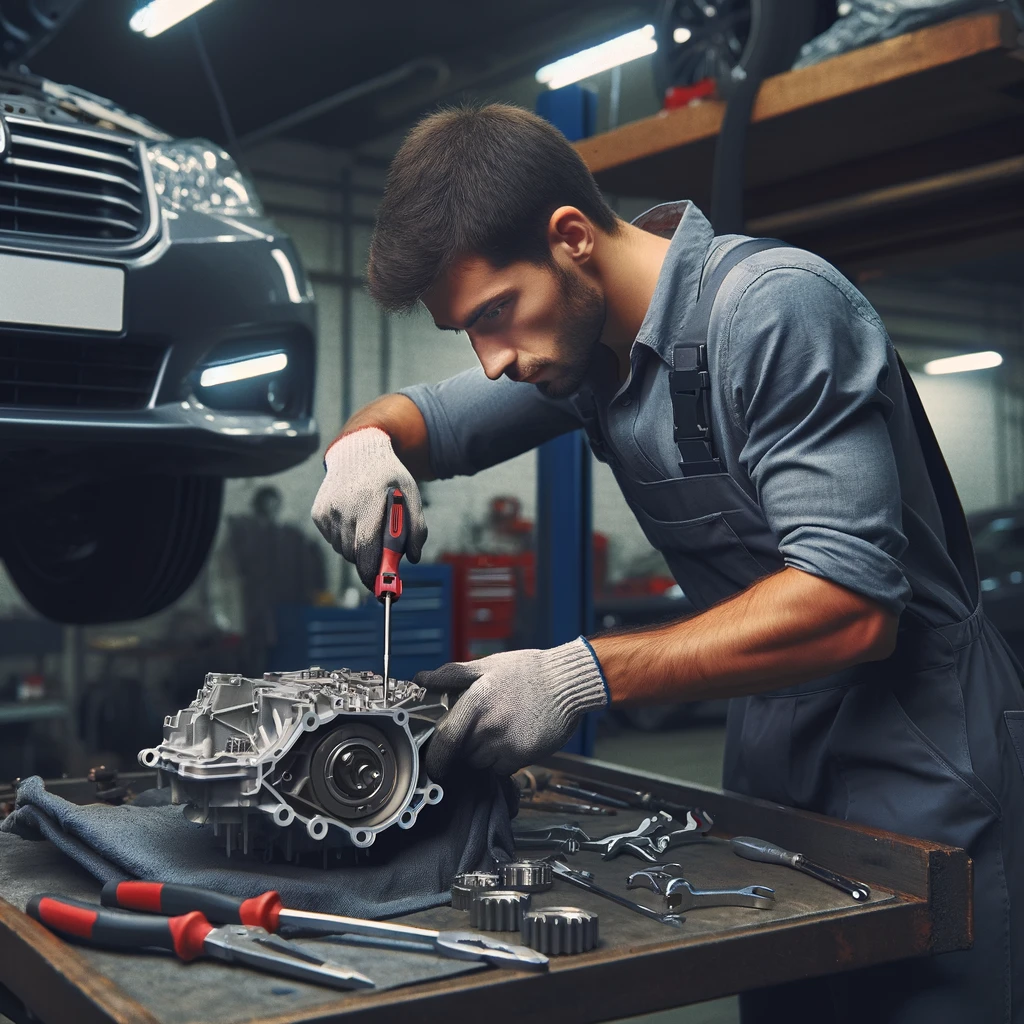Valve heater installation enhances vehicle performance in cold climates by keeping valves at optimal temperatures. Prevents freezing, sticking, and cold-start issues, ensuring smooth engine operation.
Understanding its significance is crucial for consistent engine performance, reducing wear during startup, and ensuring reliability. It’s an investment in vehicle longevity, especially in challenging weather.
Importance of Proper Valve Heater Installation
Proper valve heater installation is crucial for effectiveness and vehicle safety. Incorrect installation risks inadequate heating and electrical faults.
Precise fitting, secure connections, and thorough testing ensure proper operation. Professional installation adheres to manufacturer specifications, ensuring safety and effectiveness.
Steps in Valve Heater Installation
The process of installing a valve heater involves several key steps, starting with choosing the right heater for your vehicle’s specific make and model. Following this, the installation usually requires:
- Preparing the vehicle by ensuring the engine is cool and disconnected from the power source.
- Fitting the heater around the valves carefully, making sure it's securely in place.
- Connecting the heater to the vehicle's power supply, ensuring all connections are tight and correctly insulated.
After installation, it’s imperative to test the heater to confirm it's working correctly, ensuring that it heats up quickly and maintains a consistent temperature. This testing phase is crucial to prevent any immediate or future issues related to engine starting or performance in cold conditions.
Regular Maintenance and Checks
Following the installation of a valve heater, regular maintenance is vital to ensure its longevity and efficiency. This includes checking the electrical connections for signs of wear or damage, ensuring the heater remains securely fitted, and monitoring its performance as temperatures drop.
Scheduled checks, especially before the onset of winter, can ensure the heater is operational when you need it most. These maintenance routines help in avoiding unexpected breakdowns and ensuring that your vehicle remains reliable and ready to face cold weather conditions without any hitches.
Choosing the Right Valve Heater for Your Vehicle
Selecting the ideal valve heater is crucial for optimizing your vehicle's performance in cold weather and ensuring long-term reliability. A well-chosen valve heater can make a significant difference in your vehicle’s operation, preventing cold-start issues and enhancing engine efficiency. Let's delve into the key factors to consider when picking the best valve heater for your car.
Want to learn more about valves? Check out our latest article: What Is Air Valve Replacement?
Assess Compatibility with Your Vehicle

Ensure the valve heater matches your vehicle's make and model for compatibility. Manufacturers provide recommendations for a proper fit. Consider engine size and type for efficiency. Select a heater suited to your engine's unique heating needs and environmental conditions.
Evaluate Heating Efficiency
Seek a valve heater with efficient heat distribution to prevent cold-start issues. Look for quick heating and steady temperature maintenance, especially in extreme cold. Higher wattage usually indicates quicker and more robust heating capability. Balance wattage with engine size to avoid excessive electricity consumption or unnecessary wear. Ensure the heater provides sufficient warmth to prevent freezing.
Consider Durability and Quality
Choose valve heaters of high quality for longevity and safety. Select heaters made of durable materials to withstand harsh conditions. Robust construction ensures longevity and guards against electrical hazards. Look for warranties indicating product quality and manufacturer confidence, providing peace of mind and defect protection.
Review Installation and Maintenance Requirements
Understanding the installation process is essential before making a purchase. Some valve heaters might require professional installation, while others can be installed with basic tools and a bit of automotive knowledge. Consider how the installation process aligns with your skills or budget for professional help.
Maintenance ease is also a critical factor. Choose a valve heater that is easy to inspect and maintain, ensuring it continues to operate efficiently over time. Heaters that are cumbersome to access or require frequent adjustments might lead to higher long-term costs or the temptation to neglect necessary upkeep.
Read Customer Reviews and Seek Recommendations
Lastly, leverage the experiences of others who have installed valve heaters. Customer reviews, automotive forums, and expert opinions can provide invaluable insights into the performance and reliability of different brands and models.
Personal recommendations, especially from trusted mechanics or fellow vehicle enthusiasts, can also guide you toward the best choice for your needs.
Wrapping Up Valve Heater Installation
Valve heater installation is a smart move for any vehicle owner wanting to ensure their vehicle performs optimally in cold weather. It’s a strategic enhancement that prevents potential cold-start issues and contributes to the vehicle's overall health and longevity.
By understanding the importance of this installation, following the correct procedures, and committing to regular maintenance, you can enjoy a smoother, more reliable driving experience, regardless of the temperature outside.
Check out our selection at Airbagit.com and get the best products on the market!
Join our social media communities on Facebook and Instagram for the best tips and deals in the industry!


